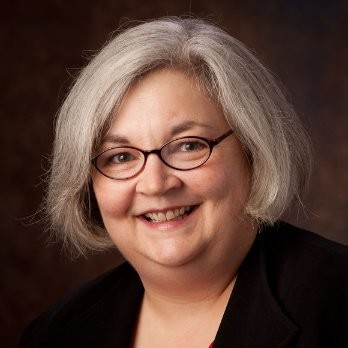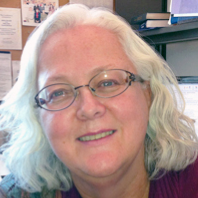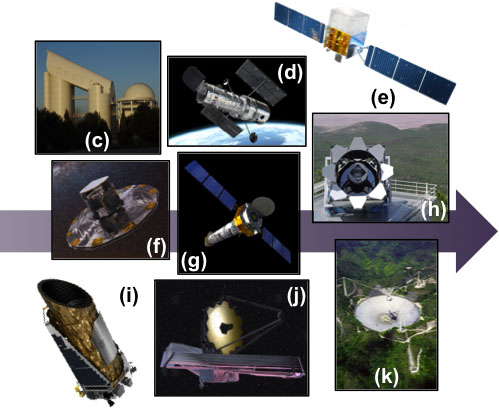![]() The CHPC has a new page summarizing machine learning and artifical intelligence resources.
The CHPC has a new page summarizing machine learning and artifical intelligence resources.
Center for High Performance Computing
Research Computing and Data Support for the University Community
In addition to deploying and operating high-performance computational resources and providing advanced user support and training, CHPC serves as an expert team to broadly support the increasingly diverse research computing and data needs on campus. These needs include support for big data, big data movement, data analytics, security, virtual machines, Windows science application servers, protected environments for data mining and analysis of protected health information, advanced networking, and more.
If you are new to the CHPC, the best place to learn about CHPC resources and policies is our Getting Started page.
Have a question? Please check our Frequently Asked Questions page and contact us if you require assistance or have further questions or concerns.

After nearly four decades of dedicated service at the University of Utah, Julia Harrison is retiring as the Operations Director of the Center for High Performance Computing.
Read more
Anita M. Orendt is a dedicated educator and researcher with a rich background in physical chemistry. Anita has made significant contributions to the academic community at the University of Utah.
Read moreUpcoming Events:
Allocation Requests for Winter 2025 are Due December 1st, 2024
Posted November 4th, 2024
Update to redwood idle session management following August 20, 2024 downtime
Posted September 3rd, 2024
Redwood Cluster Operating System Updated to Rocky Linux 8.10
Posted August 21st, 2024
Allocation Requests for Fall 2024 are Due September 1st, 2024
Posted August 7th, 2024
Allocation Requests for Summer 2024 are Due June 1st, 2024
Posted May 1st, 2024
CHPC Downtime: Tuesday March 5 starting at 7:30am
Posted February 8th, 2024
Two upcoming security related changes
Posted February 6th, 2024
Allocation Requests for Spring 2024 are Due March 1st, 2024
Posted February 1st, 2024
CHPC ANNOUNCEMENT: Change in top level home directory permission settings
Posted December 14th, 2023
CHPC Spring 2024 Presentation Schedule Now Available
CHPC PE DOWNTIME: Partial Protected Environment Downtime -- Oct 24-25, 2023
Posted October 18th, 2023
CHPC INFORMATION: MATLAB and Ansys updates
Posted September 22, 2023
CHPC SECURITY REMINDER
Posted September 8th, 2023
CHPC is reaching out to remind our users of their responsibility to understand what the software being used is doing, especially software that you download, install, or compile yourself. Read More...News History...

From Planets to Black Holes: Tracing the History of the Universe
By Gail Zasowski and Joel Brownstein
Department of Physics and Astronomy, University of Utah
Humans have carefully observed and tracked objects in the night sky since before recorded history. In the absence of light pollution, there are about 10,000 stars visible to the naked human eye, only about 5,000 at one time, of course, the Earth being famously opaque to optical light. When the telescope was developed in the early 1600s, we learned that there were far more things in the sky than our simple eyes can see; as instruments were developed that could detect light in other parts of the electromagnetic spectrum, we realized that there were objects and energy patterns in the sky that we could never see with our eyes, no matter how sensitive. And the Universe is not static, binary stars whip around each other, black holes flare brightly as they gobble up gas, and galaxies merge in billion-year-long collisions. How do we observe and analyze all these patterns to understand the nature of the Universe?
Enter astronomical surveys, and in particular, the newly-launched fifth generation of the Sloan Digital Sky Survey (SDSS). The first four generations of SDSS were each, in their own way, ground-breaking in terms of scientific goals and methods, and the new SDSS-V continues that tradition. As the data storage and processing hub of the survey, the University of Utah plays a very important role in the discoveries that will arise from SDSS-V’s massive data trove throughout the 2020s. SDSS-V is a spectroscopic survey, which means it collects high-resolution spectra of objects rather than taking images (see figure). With spectra, astronomers can infer (among other properties) the line-of-sight velocity, temperature, and composition of a star; the redshift, average age and stellar motions of a chunk of galaxy; the density and composition of intergalactic gas clouds; and the density and temperature of expanding supernova remnants. In many cases, the changes in these properties over time is even more exciting -- e.g., the change in density and temperature of a supernova remnant (which happens over scales of hours and days) tells us how the explosion material and energy is being deposited back into the interstellar gas and dust. Another key part of SDSS-V looks closer to home, collect- ing data for more than 5 million stars in our own Milky Way Galaxy and in a handful of our smaller galactic neighbors. These spectra are analyzed to get the stars’ temperatures, compositions, surface gravities, and line-of-sight velocities, which can be used to infer distances, ages, and orbit within the galaxy. By mapping these properties across the Milky Way, for example, ages and chemical compositions, we will learn an enormous amount about when, where, and how the Milky Way formed its stars.
For more information, see our Fall 2020 newsletter, here.
System Status
General Environment
| General Nodes | ||
|---|---|---|
| system | cores | % util. |
| kingspeak | 110/728 | 15.11% |
| notchpeak | 840/3172 | 26.48% |
| lonepeak | 1029/1596 | 64.47% |
| Owner/Restricted Nodes | ||
| system | cores | % util. |
| ash | Status Unavailable | |
| notchpeak | 7988/21740 | 36.74% |
| kingspeak | 2422/5168 | 46.87% |
| lonepeak | 0/416 | 0% |
Protected Environment
| General Nodes | ||
|---|---|---|
| system | cores | % util. |
| redwood | 16/616 | 2.6% |
| Owner/Restricted Nodes | ||
| system | cores | % util. |
| redwood | 1669/6568 | 25.41% |
